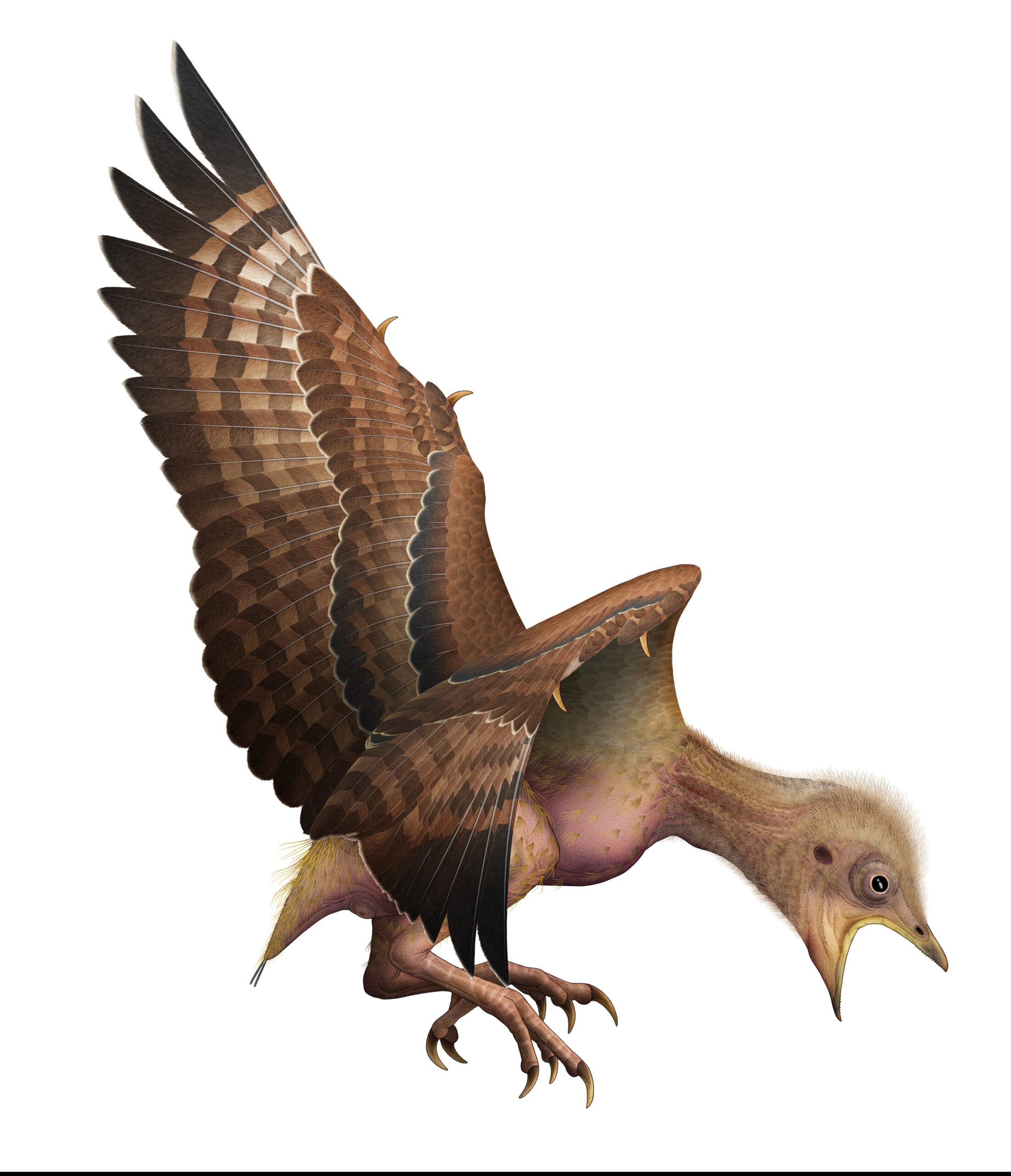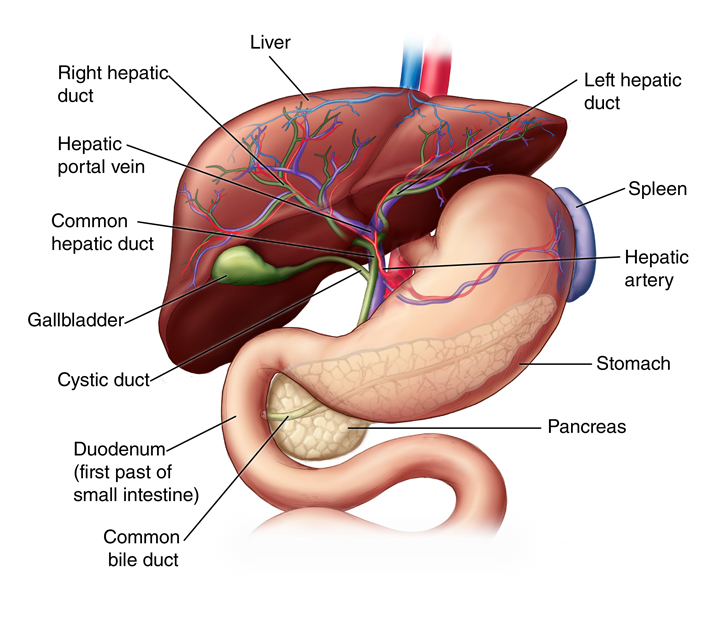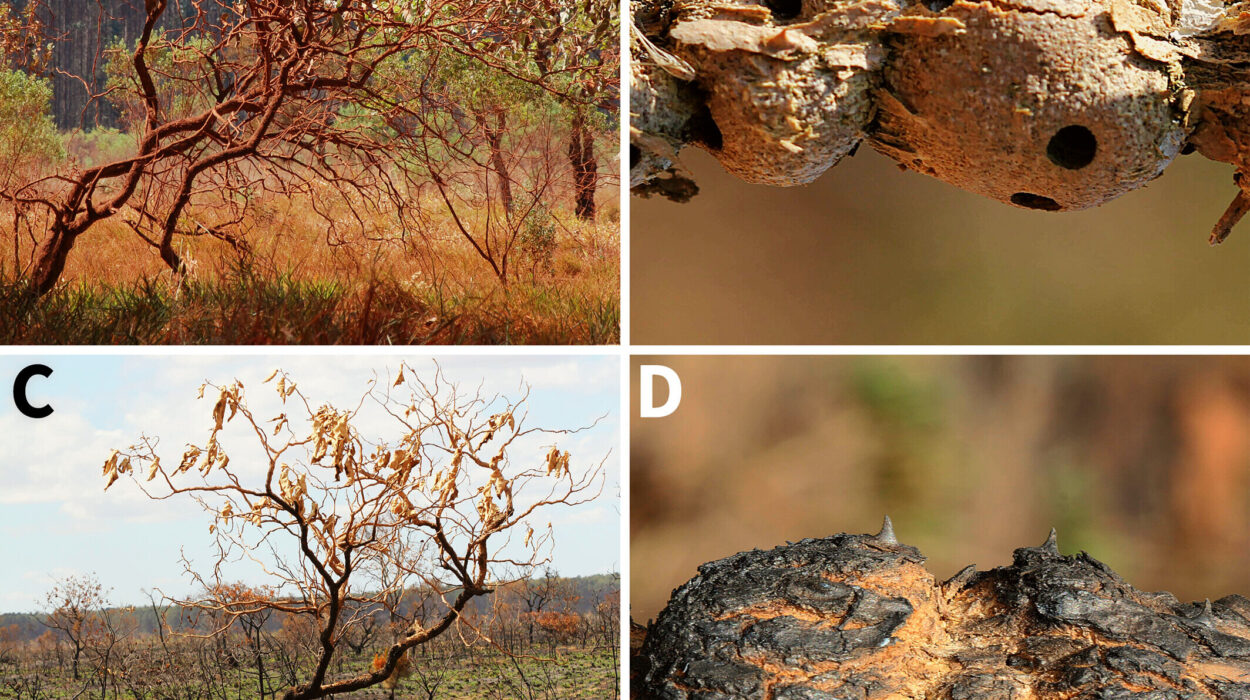There is something irresistibly poetic about flight. It is a dream etched into the hearts of children watching birds soar above treetops, of early humans casting their eyes to the heavens with longing, of dreamers and inventors who built wings out of cloth and wood to taste the wind. But long before humans ever dreamt of flying, nature had already mastered the skies. From insects with transparent wings to birds with feathers built for speed, from gliding reptiles to airborne mammals, evolution has unfolded one of its most majestic stories: the conquest of the sky.
Flight in nature is not the result of one grand invention. It is the product of millions of years of patient trial and error. It is the ultimate balancing act between gravity and lift, between the ground and the stars. Across multiple lineages, organisms have independently developed the ability to defy gravity—not just to glide, but to truly fly, to generate lift with their own power and control their movement through the air. How this extraordinary feat emerged, not once, but at least four times in the history of life, is a tale as intricate and sweeping as any epic in nature.
Before the First Wingbeat: The Physics Flight Must Obey
To understand how flight evolved, we must first understand what flight demands. The physics of flight are harsh and uncompromising. To stay in the air, an organism must overcome gravity with lift, move forward with thrust, and reduce the slowing effects of drag. Wings must be broad enough to catch the air but light enough not to burden the creature. Muscles must be strong yet efficient, and body plans must adapt to maintain stability in a three-dimensional world.
Natural selection doesn’t deal in hypotheticals. It doesn’t leap to perfection—it stumbles through marginal gains. And so, the evolution of flight didn’t begin with animals that could suddenly soar. It began with creatures that jumped a little further, glided a bit longer, or fell more gracefully than their ancestors. Over generations, these tiny advantages accumulated, shaping bodies toward flight like wind shaping stone.
Insects: The First Masters of the Air
Flight in nature began not with birds or bats, but with creatures far older and smaller: insects. Long before the first dinosaur roamed the Earth, ancient insects were already flitting through the Carboniferous skies, over 300 million years ago. They were the first to take to the air—and they did it in a way unlike any other group.
Insects didn’t develop wings from limbs or existing appendages. Instead, their wings likely evolved from lateral extensions of the thorax—flaps that once helped stabilize gliding or thermoregulate. Through the relentless filter of natural selection, these flaps became articulated, muscularized, and eventually capable of active flapping flight.
What makes insect flight extraordinary is its diversity. Dragonflies and damselflies, among the earliest fliers, have two pairs of wings that beat independently, allowing for acrobatic maneuvers rivaling modern helicopters. Butterflies use broad wings for slow, fluttering movement, while bees and flies employ rapid, high-frequency wingbeats that generate lift through unsteady aerodynamic effects like delayed stall and rotational lift—techniques only recently understood by modern physics.
The evolution of insect flight opened a new frontier. It enabled insects to disperse widely, escape predators, colonize new habitats, and exploit nectar and pollen. Their success was so explosive that insects today account for the vast majority of all animal species on Earth. Their conquest of the air reshaped ecosystems and, in many ways, made life as we know it possible.
Gliders and Pretenders: The First Vertebrate Experiments
While insects had ruled the skies for tens of millions of years, the world of vertebrates remained grounded. But evolution is a tinkerer, not a planner. And across multiple lineages, from fish to reptiles to mammals, nature began testing ways to delay a fall.
Gliding evolved many times, in many forms. Flying fish can launch themselves out of the water and extend long fins that act as wings. Certain snakes can flatten their bodies mid-leap to create lift. Lizards like Draco have elongated ribs that support wing-like membranes. Flying squirrels and colugos use skin flaps between their limbs to glide between trees. These creatures don’t flap; they don’t truly fly. But they come tantalizingly close.
Gliding often emerges in forested environments, where moving through the air is safer and more efficient than crawling along the ground or descending and climbing again. It reduces energy use and increases survival. In this way, gliding can be a crucial evolutionary stepping stone—an early attempt at mastering the air.
But gliding and powered flight are fundamentally different challenges. Flapping requires massive energy investment, specialized musculature, and radical body reconfiguration. Not all gliders evolve into fliers. In fact, most don’t. But in at least three vertebrate groups, the leap from gliding to powered flight did occur, and each did it in its own unique way.
Pterosaurs: Lords of the Mesozoic Skies
The first vertebrates to achieve true powered flight were not birds, but pterosaurs—an extinct group of flying reptiles that emerged in the Late Triassic, over 220 million years ago. They would go on to rule the skies for over 150 million years, long before birds ever beat their wings.
Pterosaurs were extraordinary creatures, unlike anything alive today. Their wings were formed by a membrane of skin and muscle stretched from the body to an enormously elongated fourth finger. Their bones were hollow and air-filled, reducing weight without sacrificing strength. Many had crests, some for sexual display, others perhaps for stability in flight.
Early pterosaurs were small and agile, but over time they diversified into a stunning array of forms. Some were no bigger than sparrows, others—like Quetzalcoatlus—had wingspans rivaling small airplanes. Despite their size, these giants were likely capable fliers, aided by efficient breathing systems and strong flight muscles.
Pterosaur flight mechanics were complex. Unlike birds, their wing shape was governed not by feathers but by flexible membranes, which could adjust in shape during flight. Their flight style may have resembled that of modern bats—flapping, gliding, soaring, depending on the species.
But like all things, their reign ended. The mass extinction at the end of the Cretaceous wiped them out, along with the non-avian dinosaurs. Their skies fell silent. Yet they left behind a legacy—the knowledge that powered flight was not beyond the reach of vertebrate evolution.
Birds: Dinosaurs Reborn
Perhaps the most iconic fliers in nature today are birds, but few people realize that every bird is, in fact, a dinosaur. Birds evolved from a lineage of small theropod dinosaurs—the same group that gave rise to Tyrannosaurus rex. They are not just descendants of dinosaurs; they are living dinosaurs.
The transition from dinosaur to bird is one of the best-documented evolutionary transformations in the fossil record. It is a story written in bones, feathers, and the air itself.
The earliest known bird, Archaeopteryx, lived around 150 million years ago in what is now Germany. It had wings and feathers like a bird, but also teeth, a long bony tail, and claws on its wings—features of its reptilian ancestors. It likely could glide or perform limited flapping flight.
Over time, successive fossils reveal how these features changed. Tails shortened, claws disappeared, breastbones expanded to anchor powerful flight muscles, and feathers became asymmetrical to generate aerodynamic lift.
Feathers themselves did not evolve for flight. They likely began as simple filaments for insulation or display. Only later were they co-opted for flight—proof again of evolution’s tendency to repurpose old tools for new challenges.
Modern birds have taken flight to astonishing heights. From the tiny hummingbird hovering mid-air to the albatross gliding effortlessly for hundreds of miles, they have explored nearly every niche the sky has to offer. Their lightweight skeletons, powerful muscles, and one-way airflow lungs make them some of the most efficient animals in existence.
Bird flight is not uniform. Some flap rapidly, others soar for hours. Some have sacrificed flight altogether, like ostriches and penguins, evolving instead for running or swimming. But all birds, flying or not, carry in their bodies the legacy of the skies.
Bats: Mammals Take to the Air
Long after the age of dinosaurs, a new group entered the skies—mammals. Among them, only bats would achieve true powered flight. Emerging around 50 to 60 million years ago, not long after the dinosaurs vanished, bats evolved a wing built from a completely different blueprint.
Unlike birds or pterosaurs, bats use a membrane stretched between their elongated fingers to form wings. Their flight is agile, quiet, and precise. They can hover, swoop, and even fly upside down. This dexterity makes them unparalleled nocturnal hunters.
Bats’ echolocation, used to navigate and hunt in darkness, adds another layer to their aerial prowess. Using high-frequency calls and listening for echoes, they can map their environment with stunning accuracy.
The evolution of flight in bats is less well-documented in the fossil record, partly due to the fragility of their bones. But genetic and anatomical studies suggest that flight evolved rapidly in this group, perhaps in connection with changes in forelimb structure and muscle coordination.
Today, bats represent about 20% of all mammal species. Their success lies not only in their ability to fly but in the niches they’ve carved out: insectivores, frugivores, nectar-feeders, and even blood-drinkers. They are vital pollinators, seed dispersers, and controllers of insect populations.
In bats, evolution found yet another way to conquer the sky—a reminder that nature rarely travels in straight lines, but it never ceases to explore.
Converging in the Clouds: Common Challenges, Unique Solutions
The evolution of flight in insects, pterosaurs, birds, and bats is a striking example of convergent evolution—where unrelated lineages evolve similar traits to solve the same problem. Each did it differently, with different materials and blueprints, but the outcomes bear uncanny resemblance.
All fliers evolved lightweight skeletons, efficient respiratory systems, powerful muscles, and high metabolic rates. All developed means to control lift, thrust, and drag. Yet the paths they took were as diverse as life itself.
The diversity of flight reflects not only what evolution can achieve, but what it must overcome. Gravity is a constant, and so the same constraints shape very different lineages in similar ways. But within these shared constraints, endless variation blooms.
The Costs of Flying and the Price of Falling
Flight is not without its trade-offs. It demands enormous energy. It constrains body size, reproductive strategies, and lifespan. Flying animals often have high metabolic rates and must eat constantly to fuel their efforts.
Moreover, flight can be lost. Many birds have abandoned the air in favor of life on land or water. In predator-free environments like islands, the pressure to fly diminishes. Species like the dodo, the kakapo, and many flightless rails evolved grounded lifestyles—often at great cost when predators were later introduced by humans.
Flight may be a triumph, but it is not destiny. Evolution does not progress toward goals. It merely adapts to circumstances, changing course as environments shift.
A World Shaped by Wings
The impact of flight on the natural world is profound. Flying creatures pollinate plants, disperse seeds, control insect populations, and serve as food for others. They connect ecosystems across vast distances. They shape the rhythm of seasons through migration.
Flight also changed us. It inspired myths, from Icarus to angels. It fueled imagination and innovation, from Da Vinci’s sketches to the Wright brothers’ experiments. And it continues to challenge our understanding of biology, physics, and engineering.
The story of flight is not just a tale of wings and wind. It is a story of life reaching upward—toward freedom, opportunity, and survival. It is a reminder of the creativity of evolution, the adaptability of life, and the enduring wonder of the natural world.
The Future of Flight: What Evolution Might Yet Do
As our planet changes, so too will the creatures that inhabit it. Some flying species may vanish under the weight of extinction. Others may evolve new strategies, new forms, new flight paths. Artificial intelligence and bioengineering now allow humans to study, mimic, and even improve upon the principles nature took millions of years to perfect.
But no matter how advanced our understanding becomes, the magic of flight remains. There is still something inexplicably moving about a hawk circling in silence, a bat flitting under a moonlit sky, or a dragonfly darting over a still pond. These are not just adaptations—they are poetry written in muscle and bone, in feather and membrane, in motion and meaning.
Flight is not the end of evolution’s story. It is only one chapter—but what a glorious chapter it is.






